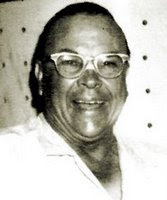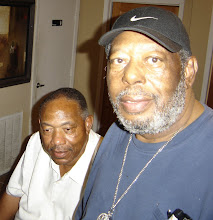Australian scientists unravel Leukaemia link
Scientists have unravelled the structure of a cell signalling receptor in the blood control system which when damaged is responsible for diseases such as leukaemia. Their discovery helps to explain, for the first time, how this receptor is activated and will form the springboard for the development of new treatments.
The findings, published on 8 August in the prestigious science journal, Cell, are the result of an interstate collaboration between a team of scientists led by Professor Michael Parker, St Vincent’s Institute (SVI), Melbourne and Professor Angel Lopez, Hanson Institute at the Institute of Medical and Veterinary Science, Adelaide.
Using leading edge technology that allows scientists to view minute parts of cells, the scientists have developed the first 3D image of the receptor’s structure and will use the unique knowledge it provides to find drugs to modify its action and control diseases such as Leukaemia and asthma.
Professor Lopez said: “Leukaemia is a type of cancer where an excessive number of malfunctioning white blood cells are produced. We have established the structure of a receptor that controls the actions of a blood-forming regulator called GM-CSF.”
He continued: “GM-CSF has been of interest to researchers and clinicians for many years now because its ‘controller’ or ‘receptor’, found on the surface of blood cells, is critical in regulating their many functions. In leukaemia some of the signals coming from the “receptor” are abnormal causing the blood cells to grow uncontrollably, malfunction or dangerously persist past their use-by-date.” Professor Parker said: “Because our discovery shows precisely what the receptor looks like and also how it works, we can now begin to design new drugs to rein in the deadly abnormal blood cells. At the moment many leukaemias are treated with chemotherapy that destroys the diseased blood cells and bone marrow as well as normal cells. We hope that this discovery will lead to targeted therapies, more specific to the malfunctioning cells seen in diseases such as leukaemia.”
Subscribe to:
Post Comments (Atom)






































































No comments:
Post a Comment